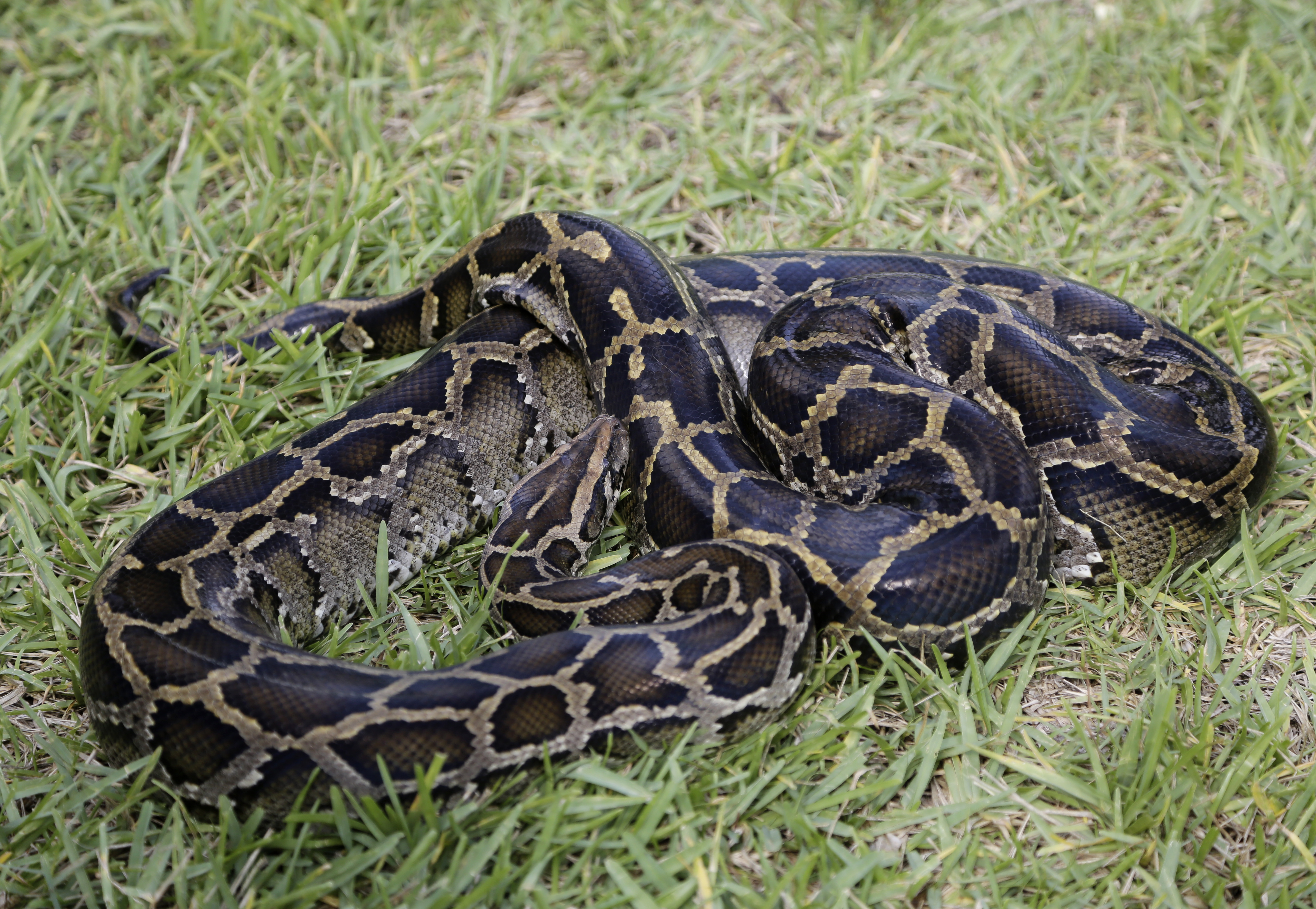The Burmese python is one of the largest snake species in the world, captivating reptile enthusiasts with its impressive size and striking appearance. Native to Southeast Asia, these non-venomous constrictors are not only remarkable for their physical attributes but also for their behavior and habitat preferences. In this comprehensive guide, we will explore everything you need to know about the Burmese python, from its biology and care to conservation status and interesting facts.
Understanding the Burmese python is essential for both potential owners and wildlife enthusiasts alike. With proper care and knowledge, these magnificent creatures can thrive in captivity while also playing a vital role in their natural ecosystems. This article aims to provide a thorough overview, backed by credible sources, to ensure that readers gain a deep understanding of this unique species.
Whether you are considering adopting a Burmese python or simply wish to learn more about these incredible snakes, this guide will serve as a valuable resource. We will delve into their biology, habitat, behavior, and the responsibilities involved in caring for them. So, let’s embark on this journey to uncover the wonders of the Burmese python!
Table of Contents
Biography of the Burmese Python
The Burmese python (Python bivittatus) is one of the largest snake species in the world and belongs to the family Pythonidae. These snakes are native to a range of habitats in Southeast Asia, including tropical forests, grasslands, and swamps. They are well-known for their stunning patterns and coloration, which serve as effective camouflage in their natural environment.
| Attribute | Details |
|---|---|
| Scientific Name | Python bivittatus |
| Common Names | Burmese python, Indo-Chinese python |
| Size | Up to 23 feet (7 meters) in length |
| Weight | Up to 200 pounds (90 kg) |
| Distribution | Southeast Asia (Myanmar, Thailand, Laos, Cambodia, Vietnam) |
| Conservation Status | Vulnerable |
Physical Characteristics
The Burmese python is easily recognizable due to its impressive size and distinctive coloration. Here are some of the key physical characteristics:
- Size: Burmese pythons can grow to impressive lengths, with some individuals exceeding 20 feet. The average length is typically between 10 to 16 feet.
- Weight: These snakes can weigh anywhere from 50 to over 200 pounds, depending on their size and age.
- Coloration: They have a light yellow or cream background color with dark brown or black blotches, creating a striking pattern that helps them blend into their natural environment.
- Scales: The scales are smooth and shiny, allowing for easier movement through their habitat.
Natural Habitat
Burmese pythons are native to a variety of habitats in Southeast Asia. They are commonly found in:
- Tropical forests: Dense rainforest areas provide ample cover and prey.
- Swamps and marshes: These environments offer water sources and abundant wildlife.
- Grasslands: Open areas allow for hunting and basking in the sun.
They are semi-aquatic, meaning they are comfortable in both terrestrial and aquatic environments. This adaptability helps them thrive in diverse ecosystems.
Diet and Feeding Habits
Burmese pythons are carnivorous and primarily feed on a variety of prey, including:
- Rodents
- Birds
- Small mammals (such as rabbits and pigs)
They are constrictors, meaning they wrap around their prey and suffocate it before swallowing it whole. In captivity, they are typically fed rodents or other appropriate-sized prey, ensuring a balanced diet to maintain their health.
Behavior and Temperament
Burmese pythons are known for their generally docile temperament, especially when raised in captivity. However, there are some important behavioral traits to consider:
- Nocturnal: They are primarily active at night, making them more likely to hunt during the cooler hours.
- Solitary: These snakes are solitary creatures and prefer to remain alone outside of mating season.
- Defensive: Although generally calm, they can become defensive if threatened, so handling should be done with care.
Caring for a Burmese Python
For those considering keeping a Burmese python as a pet, there are essential care guidelines to follow:
- Enclosure: Provide a spacious, secure enclosure with appropriate heating and humidity levels.
- Feeding: Offer appropriately sized prey and monitor their feeding schedule.
- Handling: Handle your python regularly but gently to ensure they become accustomed to human interaction.
- Veterinary care: Regular check-ups with a veterinarian experienced in reptiles are crucial for maintaining health.
Conservation Status
The Burmese python is currently listed as Vulnerable on the IUCN Red List. Major threats to their population include habitat destruction and illegal poaching for the pet trade. Conservation efforts are underway to protect their habitats and regulate trade.
Interesting Facts About Burmese Pythons
Here are some fascinating facts about Burmese pythons:
- They are capable of going weeks or even months without food after a large meal.
- Burmese pythons can sense heat through specialized pits on their faces, aiding in locating warm-blooded prey.
- They are popular in the pet trade due to their docile nature and impressive appearance.
Conclusion
In conclusion, the Burmese python is a remarkable species with unique characteristics and behaviors. Understanding their biology, habitat, and care requirements is crucial for anyone considering keeping one as a pet or simply wishing to appreciate these magnificent creatures in their natural environment. We encourage you to share your thoughts in the comments below, share this article with others, or explore more about reptiles on our site!
Penutup
We hope this guide has provided you with valuable insights into the world of Burmese pythons. These snakes are not only beautiful but also play an important role in their ecosystems. Thank you for reading, and we look forward to seeing you again for more informative articles!
Article Recommendations
:max_bytes(150000):strip_icc()/albino-burmese-python-160431532-5b954a4c4cedfd0025085c38.jpg)


ncG1vNJzZmiclaK8b7HNnqmgoaOirrPAjaemaJ2pmrumw9JyZputoqKytLGMqbCtoJ%2Bje6nAzKU%3D